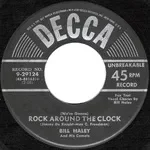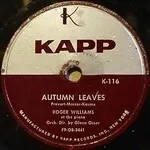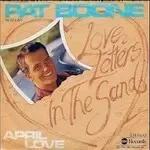General information about 1950's Rock
Click the pink buttons to learn about the
nine different genres of 1950's Rock n' Roll.
Top Five Songs of the 1950's
1950's Rock Music by the Year
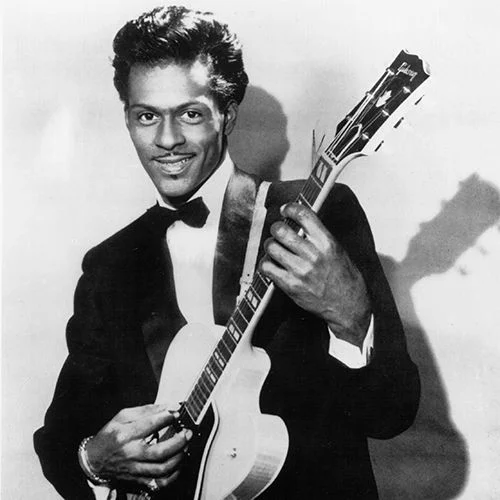
1940's-1954
The roots of rock and roll can be traced back to the late 1940s and early 1950s, blending elements of rhythm and blues, country, gospel, and jazz. African American artists like Chuck Berry, Little Richard, and Fats Domino brought energetic rhythms and bold performance styles that shaped the genre. Country musicians such as Hank Williams and early rockabilly artists like Elvis Presley also helped bridge the gap between musical traditions. The use of electric guitars, driving backbeats, and catchy melodies became defining features. Rock and roll gave voice to post-war youth culture, challenging social norms and segregation.
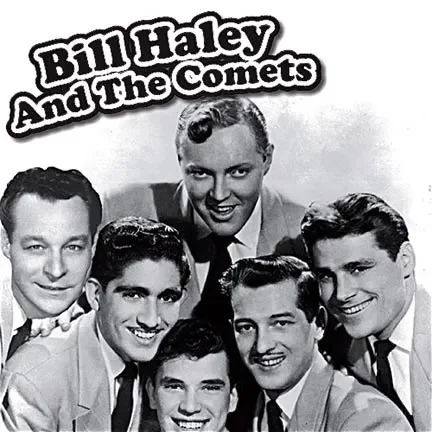
1955: Rock Explodes
In 1955, rock and roll exploded into the mainstream, marking a turning point in popular music history. That year, Bill Haley & His Comets’ “Rock Around the Clock“ became a massive hit, reaching No. 1 on the Billboard charts and introducing rock and roll to a wider audience. Elvis Presley also began gaining national attention with his recordings at Sun Records, blending rhythm and blues with country influences. Chuck Berry released “Maybellene,” a groundbreaking hit that showcased his guitar-driven sound and storytelling style. Radio DJs like Alan Freed helped popularize the genre by playing rock and roll records for integrated audiences. 1955 was the moment rock music started to define youth culture and challenge the musical status quo.
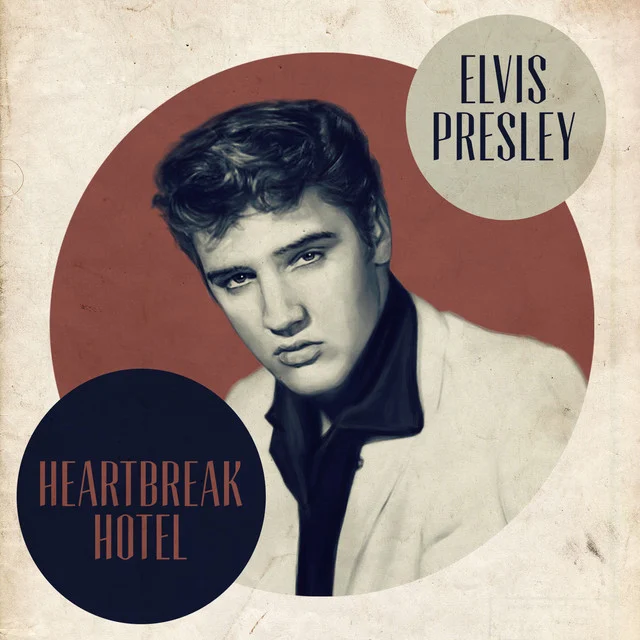
1956: Rock Takes Center Stage
In 1956, rock and roll took center stage in American culture, largely due to the explosive rise of Elvis Presley. That year, he released hits like “Heartbreak Hotel“ and made electrifying television appearances that captivated millions, especially young fans. His blend of rhythm and blues with country, along with his rebellious image, made him the face of the rock and roll movement. Meanwhile, Little Richard released “Long Tall Sally“ and “Rip It Up,” bringing raw energy and charisma to the genre. Carl Perkins’ “Blue Suede Shoes“ also became a crossover hit, solidifying rockabilly as a vital part of the scene. 1956 firmly established rock and roll as a dominant force in music and popular culture.
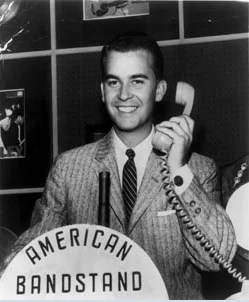
1957: Rock Grows in Popularity
In 1957, rock and roll continued to grow in popularity and cultural impact, with new stars emerging and established artists solidifying their fame. Elvis Presley dominated the charts with hits like “All Shook Up” and “Jailhouse Rock,” and he starred in his first major films, helping bring rock into the mainstream. Buddy Holly and the Crickets burst onto the scene with “That’ll Be the Day,” showcasing a new, clean-cut image and a jangly guitar sound that would influence future bands. Jerry Lee Lewis made waves with his wild piano playing and fiery performances, especially with his hit “Whole Lotta Shakin’ Goin’ On.” American Bandstand, hosted by Dick Clark, debuted nationally, bringing rock music and teen culture into living rooms across the country. Rock and roll in 1957 was not just music—it was becoming a full-blown youth revolution.
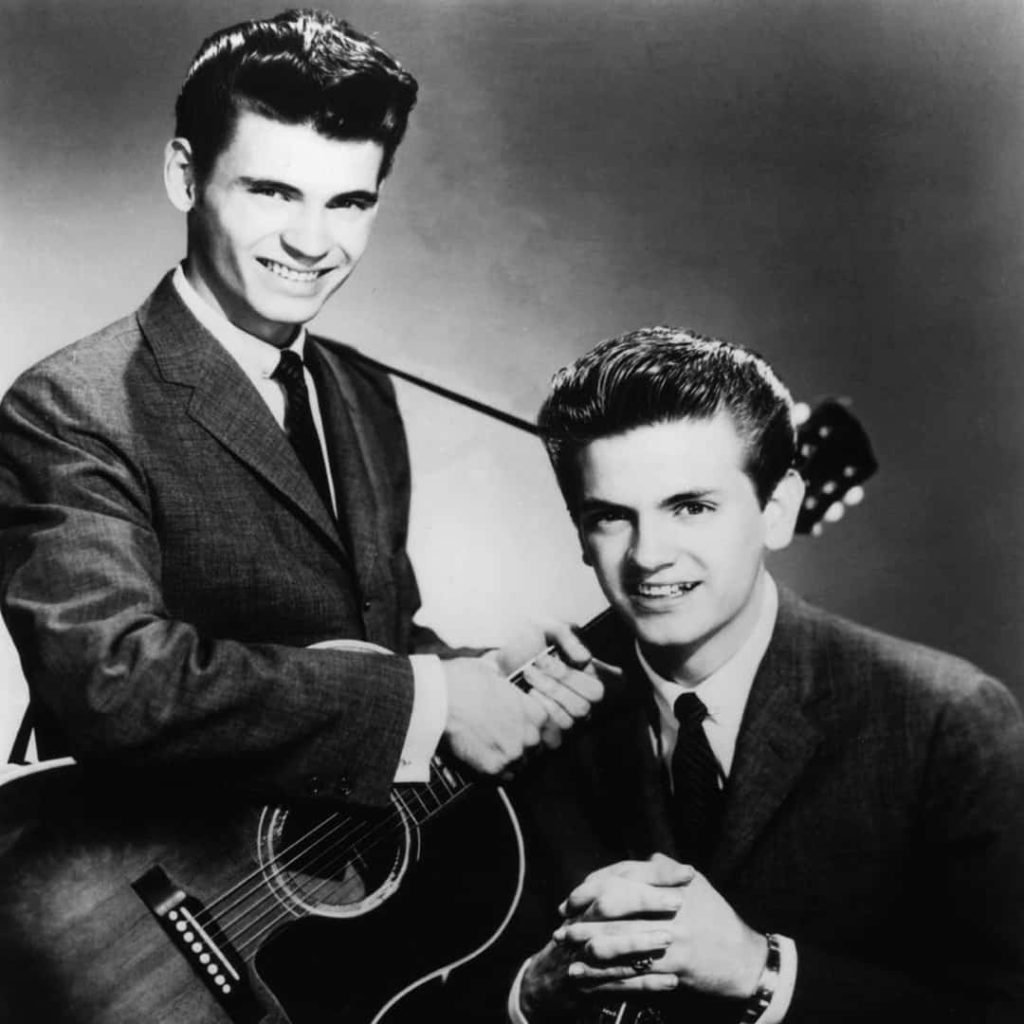
1958: Rock Evolves with New Voices
In 1958, rock and roll continued to evolve with new voices and styles shaping the sound of the era. Elvis Presley was drafted into the U.S. Army, temporarily stepping back from the spotlight, but his influence remained strong. New artists like Chuck Berry released major hits such as “Johnny B. Goode,” which became an iconic rock anthem with its driving guitar riffs and storytelling. The Everly Brothers scored chart success with “All I Have to Do Is Dream,” blending rock with sweet harmonies and country roots. Instrumental rock also rose with Duane Eddy’s “Rebel Rouser,” introducing a twangy guitar sound that would influence surf rock. 1958 showed that rock and roll wasn’t just a fad—it was expanding and diversifying in powerful ways.

1959: Tragedy and Transition
In 1959, rock and roll faced both tragedy and transition. The year began with “The Day the Music Died”—a plane crash that took the lives of Buddy Holly, Ritchie Valens, and The Big Bopper, shaking the music world and marking a turning point in rock history. Despite the loss, the genre kept evolving, with artists like Chuck Berry and Fats Domino continuing to release influential hits. Newcomer Bobby Darin found success with “Dream Lover,” blending pop and rock elements. The music industry also began shifting toward a cleaner, more polished teen idol image, seen in rising stars like Frankie Avalon and Paul Anka. Though 1959 brought heartbreak, it also set the stage for the changes and innovations of the 1960s.
Top Twenty Recording Artists: 1950's
- Elvis Presley
- Frank Sinatra
- Nat King Cole
- Miles Davis
- Perry Como
- Harry Belafonte
- Bill Haley & his Comets
- Johnny Mathis
- Thelonious Monk
- Frankie Laine
11. Doris Day
12. Pat Boone
13. Fats Domino
14. Eddie Fisher
15. Ella Fitzgerald
16. Patti Page
17. Louis Armstrong
18. The Platters
19.Dean Martin
20. Dave Brubeck

